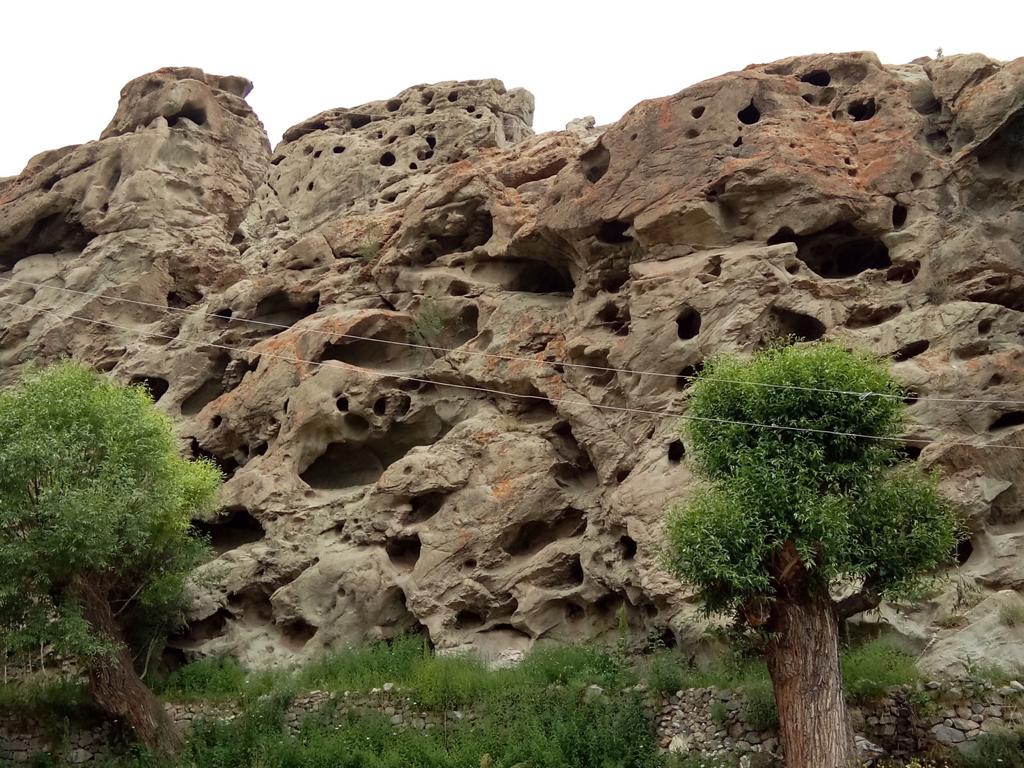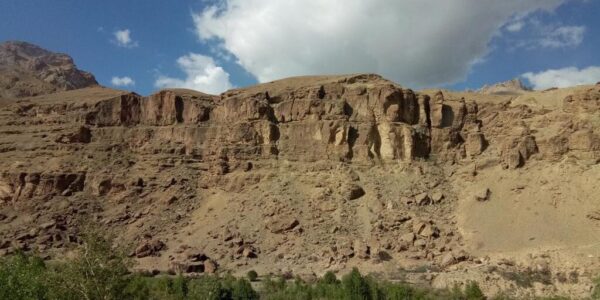Opinion: Taxi Union Protest, Tourism Opportunities and Sustainable Development
On the birthday of Mahatma Gandhi, Kargil observed complete shutdown, which were to continue for four days but was called off later. The four-day complete shutdown was announced by All Transport Association Kargil over UT administration’s perpetual negligence of their demand for ‘One UT, one permit’. The cab operators claimed that their vehicles were being challaned and even seized as their permits have expired and not renewed by the Administration. The cab operators of Kargil see it as a big blow to their livelihood, as Ladakh has a very limited season to earn for their living. Though the issue has remained still unresolved, the association is determined to continue their struggle till justice served.
People may perceive this whole issue in any context under one’s capacity of thinking. As for me, I believe, it is due to the resource imbalance between the twin districts of Ladakh that a struggle for livelihood can be seen particularly among transporters. The significant tourism resources in Leh attracts lakhs of tourists every season but Kargil on the contrary failed to create a significant image as a tourist destination. Thus, Leh remained as the biggest market for all, causing conflict of interest among different stakeholder particularly transporters.
The tangible and intangible materials have an intrinsic utility, ones its utility is deciphered it becomes resource. As a German, resource economist ‘’Erich Walter Zimmermann’’ has rightly said, “resources are not they become”. Though nature has blessed both the districts with lot of potential resources, which could be utilized to its fullest. Leh has successfully transferred some of their physical and cultural materials into resources which are being used to boost their economy. They have successfully preserved their culture which attracts tourists, as rightly noticed by Prem Singh Jina in his book “Tourism in Ladakh Himalaya”. According to him tourism in Ladakh is mainly based on original offer thus tourists visit Ladakh for monistic culture, traditional Buddhist culture, trekking and mountaineering. However, as Vladimiro Pelliciardi noticed, the high dependency of Leh district on one sector i.e; tourism is problematic for the sustainable development process. Moreover, the overcrowded destination would lead to conflicts, thus destination image will get distorted.
* Click to Follow Voice of Ladakh on WhatsApp *
The UT administration should revisit its tourism policy for Ladakh. More areas need to be developed to attenuate the pressure of concentrated tourists in one place. Kargil could be one of the growth poles for tourism development but to date, no concrete measures have been taken to develop it as a desired destination. Its potential tourism resources have not been explored to its fullest. Being a native of the place I have noticed, Kargil has a great potential for geotourism.
The geotourism promotes tourism to geosites and the conservation of geodiversity and an understanding of Earth sciences through appreciation and learning (Newsome & Dowling, 2010). It is obvious that not only geological but also geomorphological features and processes are considered as a resource for geotourism. Geotourism is now being used as a tool to enhance the knowledge of earth morphologies and to foster the sustainable tourism development in many regions of the world. While geotourism is growing rapidly all over the world, India is no exception to this.
Being the seventh largest nation of the world, India has a huge diversity in all respect. Its historical monuments, archaeological sites and ancient temples are major drivers of tourism, attracting millions of tourists every year. The number of tourists visiting its national parks (Nanda Devi, Kaziranga, Sundarbans, Manas, Kanha, etc.), biosphere reserves (Nilgiri, Mannar, Similipal, Nokrek, Pachmarhi, Kanchanjanga, Dehang Debang, Dibru-Saikhowa, etc.), Ramsar sites (Wular, Lokta, Chilka, Sambhar, Vembanad), as well as geoheritage sites (Ladakh, Lonar Crater, Jog Falls, Varkala Beach, Mawsmai Cave, Borra Cave, Mt. Abu, Araku Valley, Nilgiri, Mahabaleshwar, etc.) is steadily increasing. (Vishwas S. Kale).
Ladakh being the part of ongoing tectonic movement in Himalayas it has Geomorphological wonders. These Geomorphological wonders are distinctive outstanding landforms such as waterfalls, potholestudded channels, gorges, canyons, natural arches, mesas, plateaux, escarpments, badlands, talus, terraces, caves etc. Its glaciers and rivers have curved out many morphologies such as kettle lakes, moraines, drumlins, cirques and valleys and floodplains. Besides adventure and exploration, this place has a great potential for mountaineering, trekking, rafting, meditation, scenic beauty and photography. Its historical heritages such as rock sculptures, castles, monasteries and shrines could also play vital role for tourism development in Kargil as well as for entire region of Ladakh.

Kargil is blessed with a great variety of geological wonders and geomorphosites which could be transformed into tourism resources. Some of the geomorphosites are receding slopes in Kargil, dyke and differential weathering in Chiktan, honeycomb weathering Asymmetrical folds, earth hummocks in Drass, antecedent Drass river, The Mysterious Cave of Sharchey Village, Batalik Sector, Tambis waterfall, Spring in Yarkashing, etc.
Unfortunately, none of the above-mentioned potential tourism resources have been acknowledge by the UT administration. There has been no effort to develop these resources to attract tourists. Accessibility and infrastructure are among the key factors to sustain an area as a desired destination for tourists. Thus, UT administration should explore the tourism potential of all the geoheritage of Ladakh and development all the required infrastructure so that more livelihood opportunities are created. All the stakeholders including transporters should urge the government to develop all the potential resources to attract tourists. The stakeholders who are directly or indirectly subscribed to tourism for their living should know that being self-sufficient is the only way out to sustain their livelihood.

0 Comments